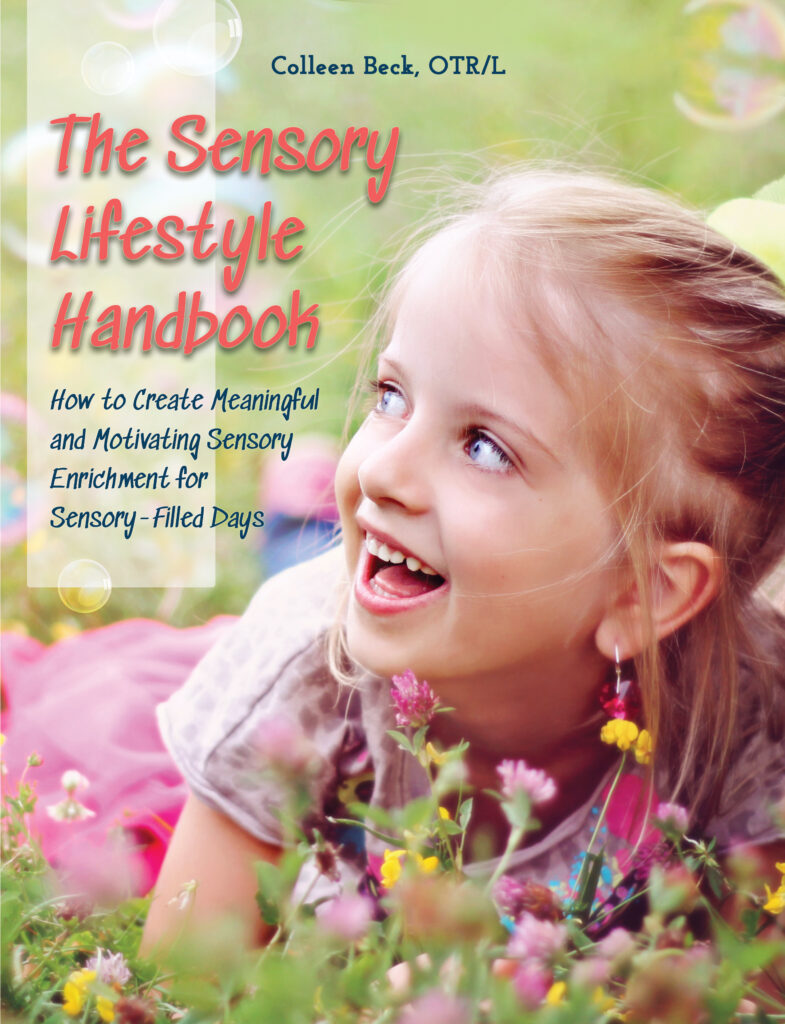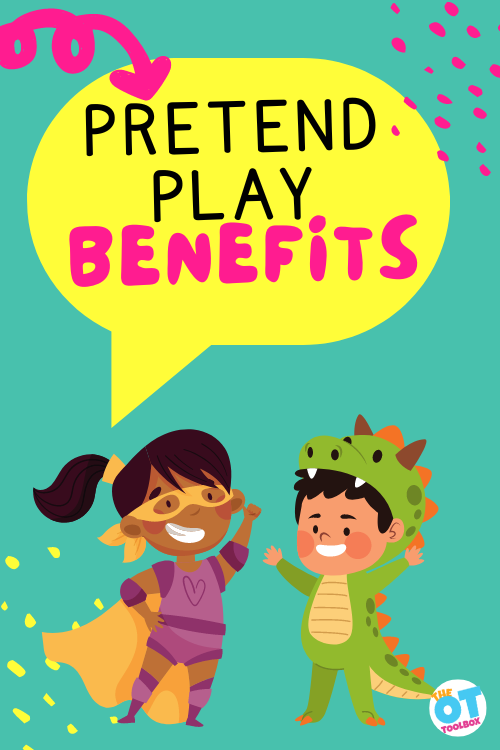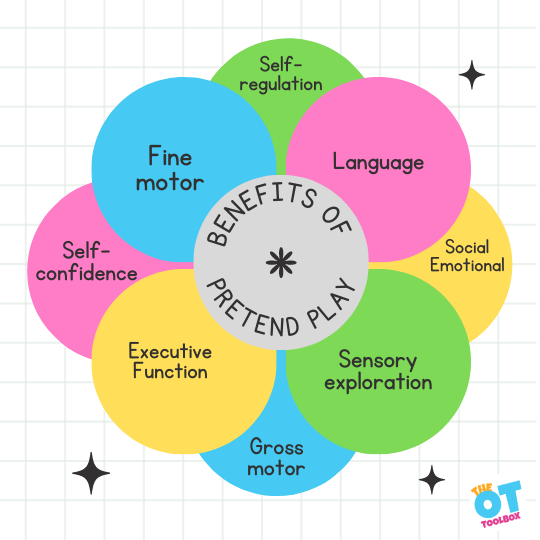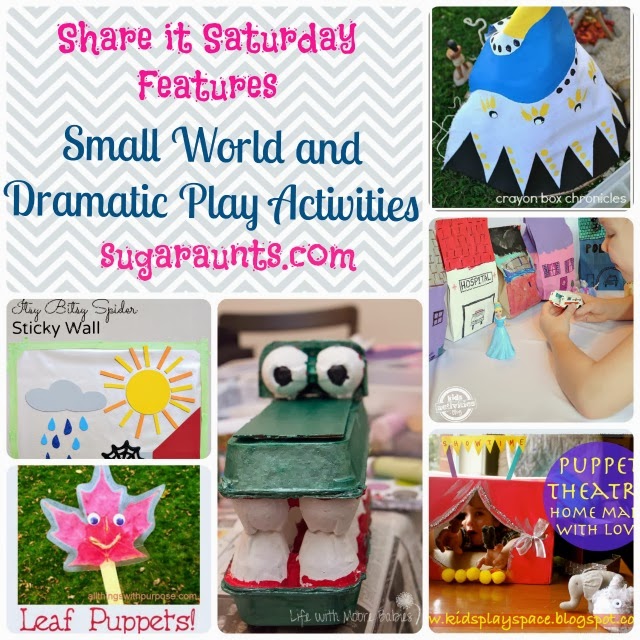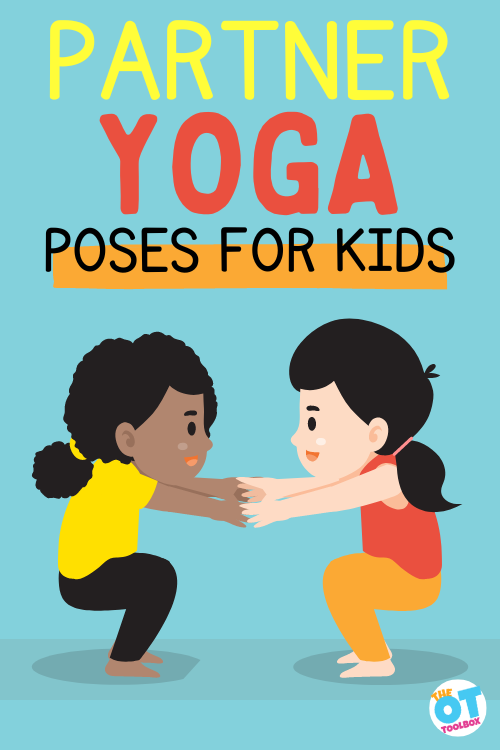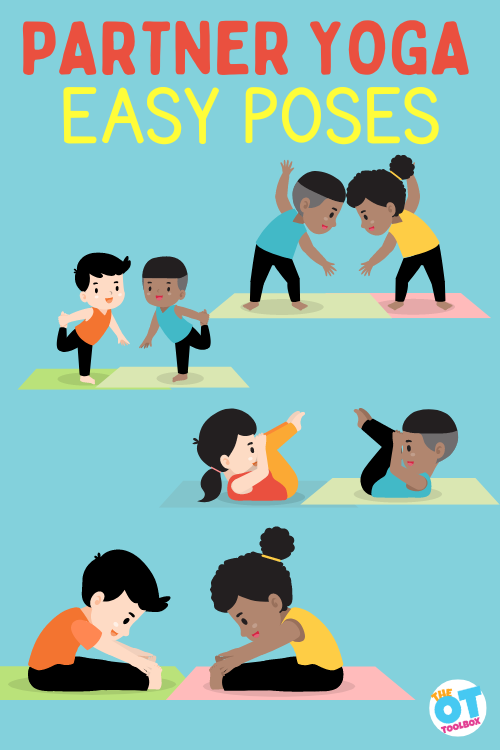To the child with sensory sensitivities, a family road trip can mean sensory overload. Summer break brings long car rides as the family road trip is an essential during the summer months. But how do you prevent sensory dysregulation on a long car ride? In this blog post, you’ll find sensory strategies for road trips including ideas for road trip tips for kids with sensory issues and an oral motor sensory break that helps with sensory needs during car rides.
Get ready for your next road trip while addressing sensory needs!
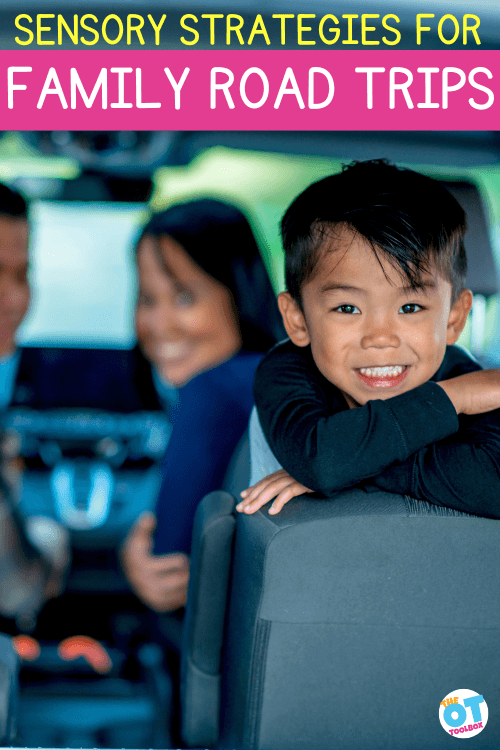
Sensory Strategies for Family Road Trips
Surviving a long family road trip when a member of the family has sensory sensitivities can make a long car ride challenging. For those with sensory processing disorder, Autism, ADHD or other neurodiversities, sensory sensitivities can make long car rides difficult.
Preparing in advance to support the sensory sensitive individual can make all the difference! In fact, the sensory strategies listed below can support any individual, as we all have differing sensory needs.
These sensory activities for car rides can be used for any age. This is a plan to have in place to prepare for the long car ride when sensory processing needs impact the ability to sit in the car to get to the destination.
- Create a sensory story to talk about the trip in advance. Use the travel sensory story to guide use of sensory tools during the road trip.
- Pack preferred sensory tools. These items can be placed in the vehicle or alongside the child while travelling so they can access the sensory tools during the roadtrip.
- Movement breaks! Stopping in advance of breakdowns is critical. Plan out stops in advance so you know when the next stop is. If possible, plan out stops according to location. Use local playgrounds as areas to run and play during road trip stops.
- Chew on a straw
- Plan on brain breaks at stops
- Blow through a straw
- Play car games such as I Spy, or find items in the scenery and make a story.
- Create a sensory lifestyle with built-in sensory breaks based on motivation and meaningful activities (outlined in our Sensory Lifestyle Handbook)
- Eat crunchy snacks like pretzels
- Offer chewy snacks like beef jerky, dry raisins/cranberries, or fruit leather
- Drink a smoothie through a sippy cup with a straw-type top
- Make a DIY road trip busy bag.
- Use a “crazy straw” in a cup. The smaller opening is great for oral motor input.
- Make a sensory kit with fidgets or other sensory tools
- Play “Simon Says” with mouth exercises: Suck cheeks in/puff cheeks out/Make a big “O” shape/Stretch out the tongue. You’ll find many on our Simon Says commands blog post.
- Chew gum
- Create a sensory diet specifically for the trip
- Use a straw to suck and pick up pieces of paper. Transfer them carefully to a cup using only the straw.
- Weighted blanket or throw
- Make a chewy snack holder (below) along with the kids to plan for sensory needs during the long car ride.
- Use a partially deflated beach ball as a sensory cushion on the floor. The individual can move their feet on the wiggle cushion.
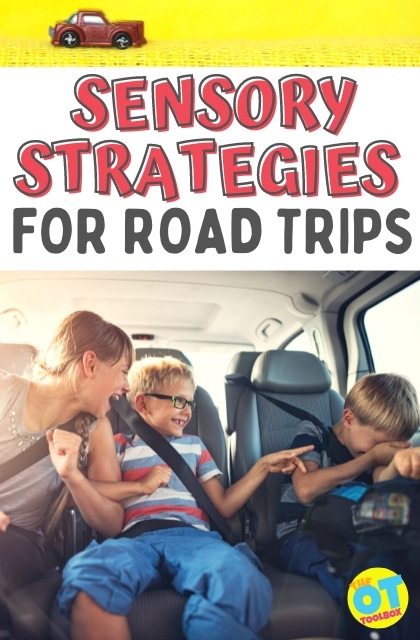
Oral motor sensory break for road trips
If you’ve ever taken a road trip with kids then you know how nerve wracking a long trip can be for the kids and the parents. Long road trips with the family are definitely fun. They are certainly stressful and chaotic times with sibling love and revelry, but definitely memory-making. Whether you have one child or 6, a road trip involves planning, especially when sensory needs are at play.
You prepare the books, the activities, the snacks, the music, or videos. You can prep it all, but no matter what, there will be craziness that only kids can bring. There are the potty emergencies that happen 20 minutes after you left the rest stop. There are the drink spills that saturate the car seats. There are spilled toys and fights that break out among sisters. But through it all, you’re plowing 65 miles an hour to memories.
But, when all of this chaos is happening, you can take mini-sensory breaks that will give the kids a chance to calm down the fidgets and the wiggles.
As an occupational therapist in the school-based setting, I often times made recommendations to parents and teachers for kids who needed to move during the span of a class or school-day.
Unfortunately, when you are travelling long distances in a car on a road trip, you can’t always stop and get out to move and stretch. There are definitely times that a rest stop is needed and those are the perfect times for kids to get out of the car and run a bit.
But, when you are stuck in a van or car for a while, sometimes kids just need to have a sensory break. This is true for typical kids or kids with sensory processing disorders (and parents, too)!
We made these snack bottles to help with calming sensory input using Twizzlers Twists.
Sensory Processing Disorder (and types of sensory needs, outlined in our Sensory Lifestyle Handbook) in children can present with many different sensory needs due to difficulties with modulating sensory input.
The long car ride of a family vacation can cause sensory overload or a lack of sensory input to kids who need help regulating input. Whether a child with sensory processing disorder is sensory seeking, under-responsive to sensory input, or sensory defensive, oral motor sensory integration activities like chewy beef jerky sticks, twizzlers, licorice chews, or fruit leather can help.
The repetition of chewing a licorice twist can help to calm and regulate sensory needs.
Related, please check out our resource on Ayres Sensory Integration for an understanding on the theory of what is happening in our sensory systems.
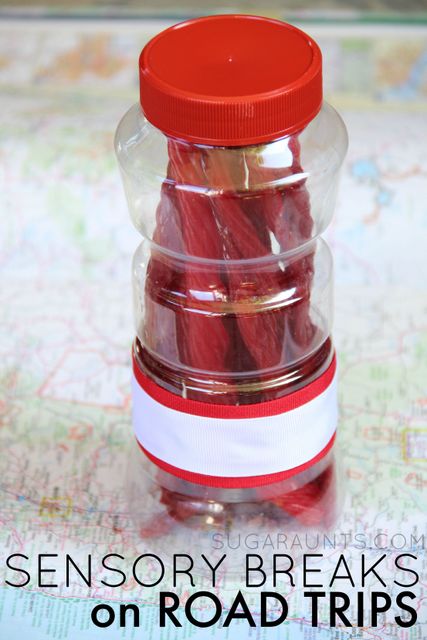
How To make a Road Trip Sensory Snack
With kids, a road trip almost guarantees a messy car with crumbs and spills. We wanted to create a container that would hold our Twizzlers or licorice twists and keep the mess on the lower end. A cute container is bonus, so we pulled out the ribbons and glue gun.
These snack holders will keep our Twizzlers or fruit chews ready for kids (and the parents) that need a quick sensory break during a long trip:
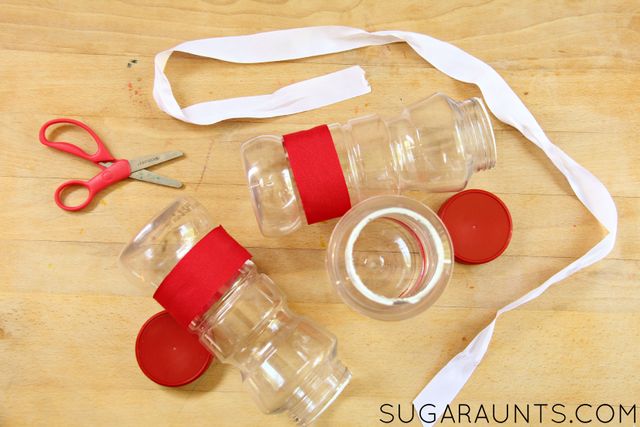
Gather a few tall plastic jars from the recycle bin. We used recycled peanut jars and loved that the lids coordinated with our Twizzlers Twists!
Grab a strand of ribbon and the glue gun to make these jars something special.
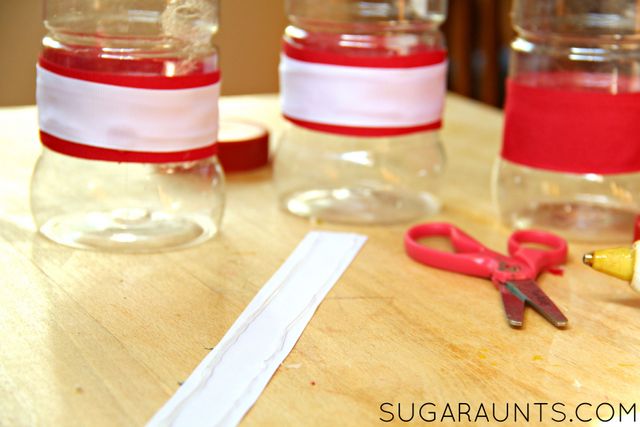
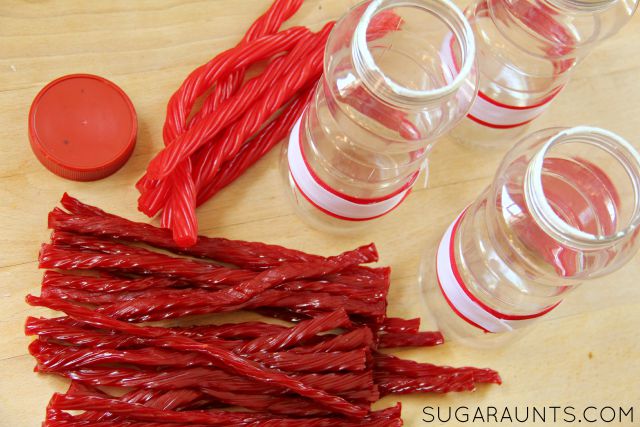

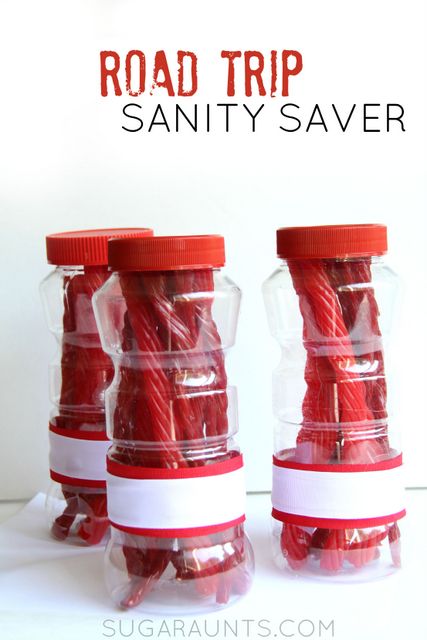
More Sensory Strategies for Road Trips
You’ll find more tools to survive Summer road trips with a sensory sensitive child that meet the interests of the child in our book, The Sensory Lifestyle Handbook. The book supports interests and motivating activities that occur naturally during the day to day tasks like a long car ride!
The Sensory Lifestyle Handbook is a comprehensive resource offering a strategy guide to create sensory diets and turn them into a lifestyle of sensory success!

Colleen Beck, OTR/L has been an occupational therapist since 2000, working in school-based, hand therapy, outpatient peds, EI, and SNF. Colleen created The OT Toolbox to inspire therapists, teachers, and parents with easy and fun tools to help children thrive. Read her story about going from an OT making $3/hour (after paying for kids’ childcare) to a full-time OT resource creator for millions of readers. Want to collaborate? Send an email to contact@theottoolbox.com.


